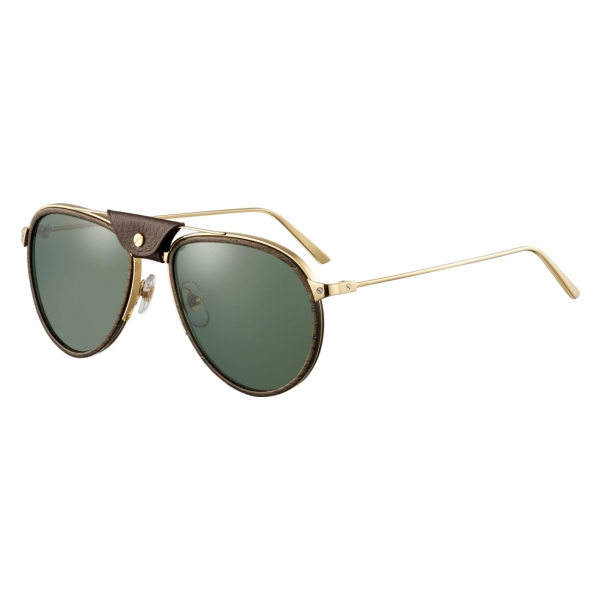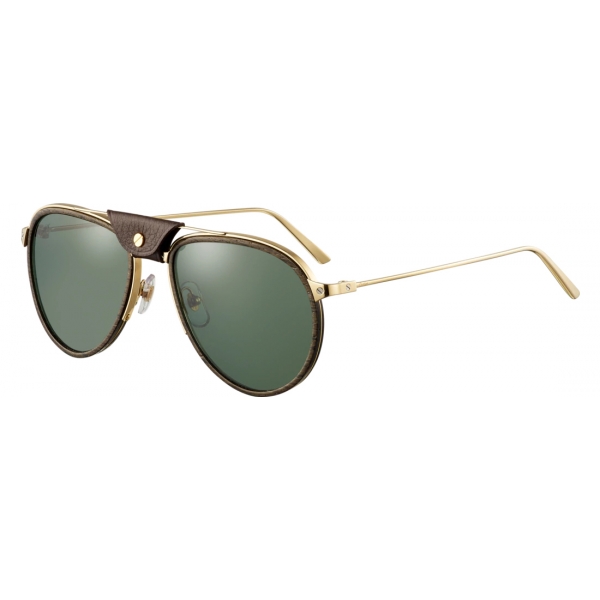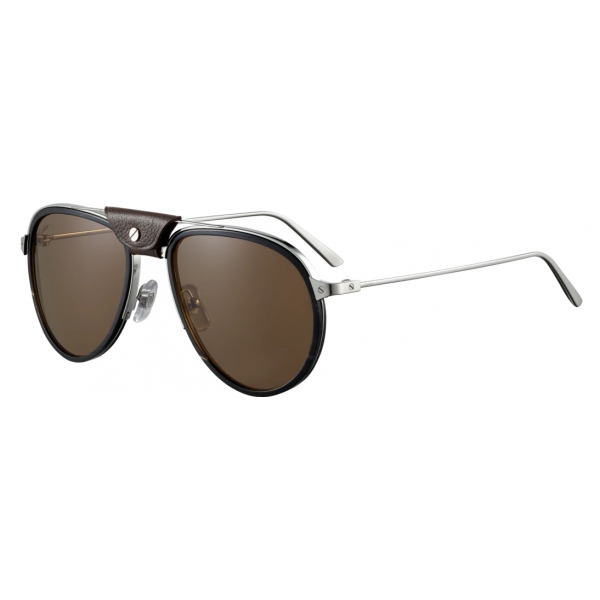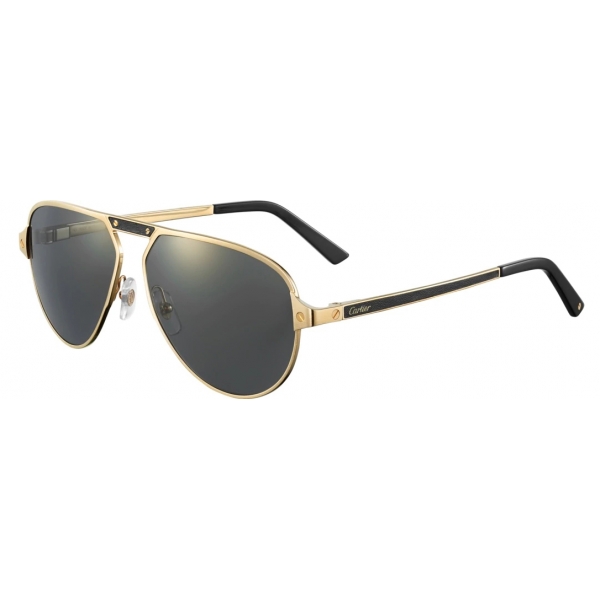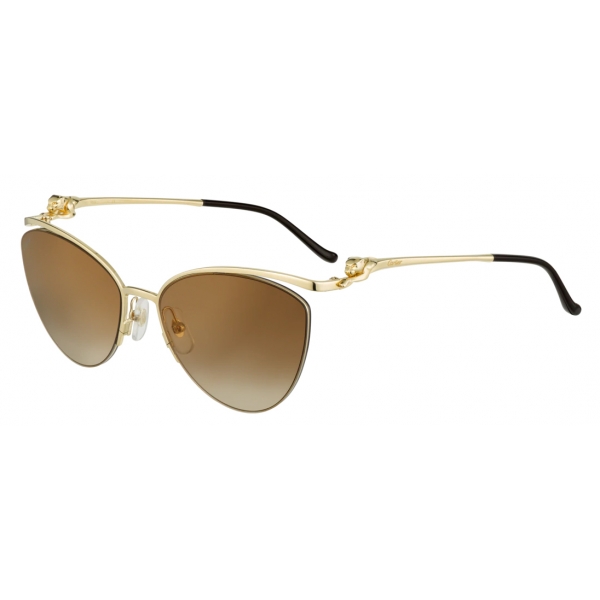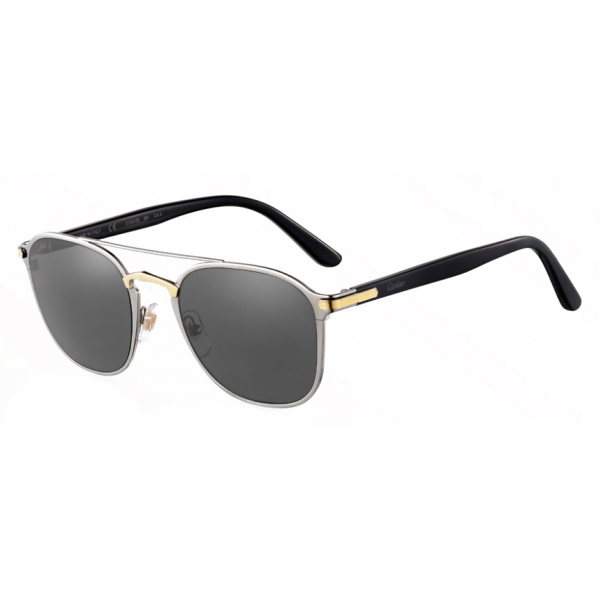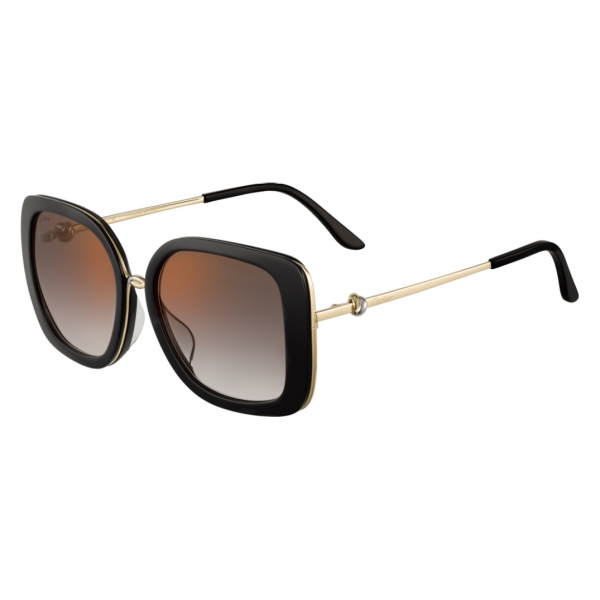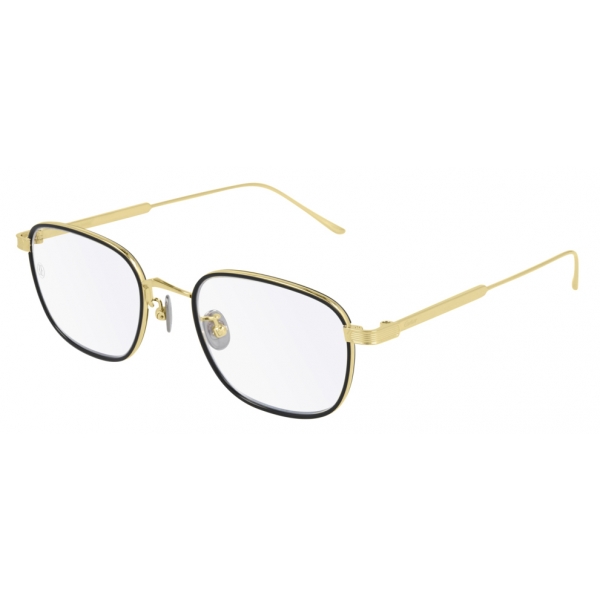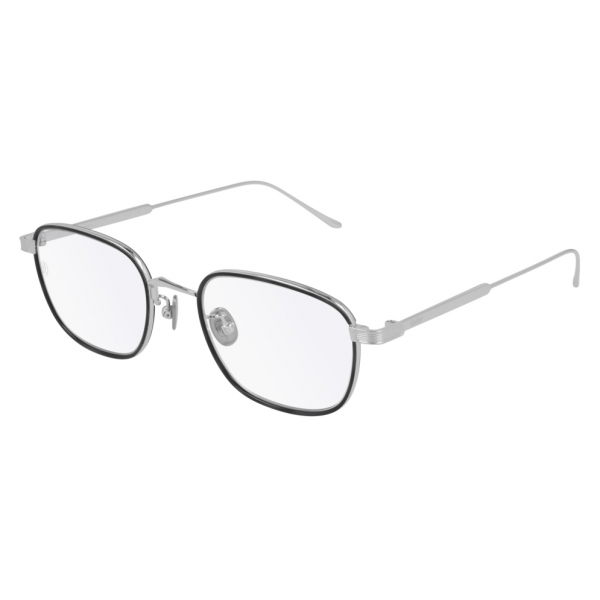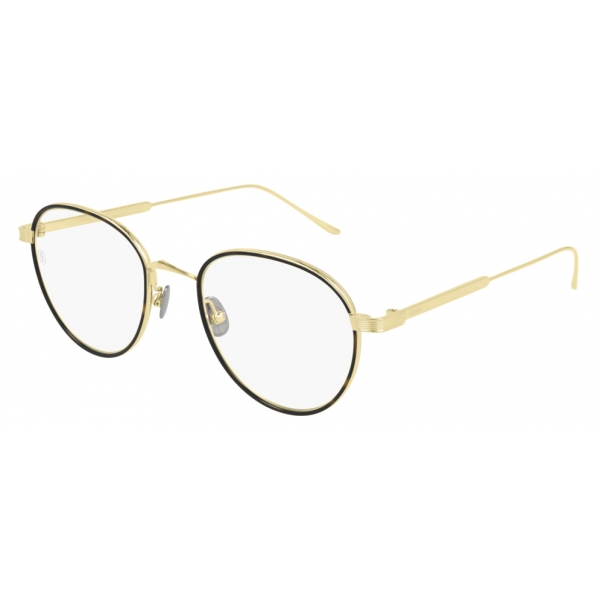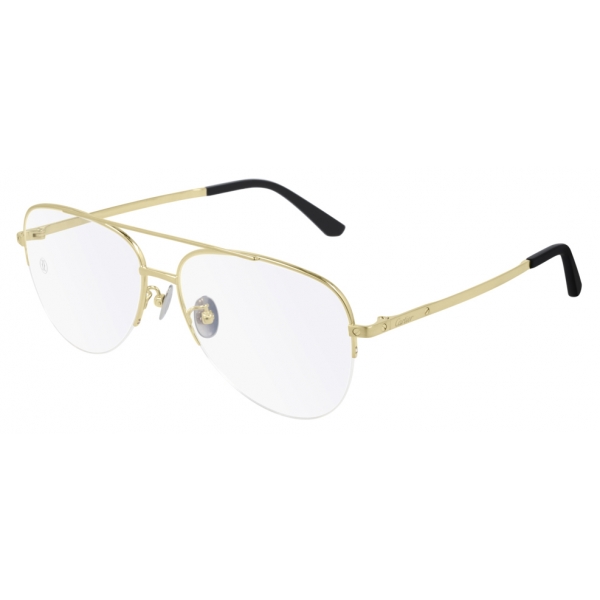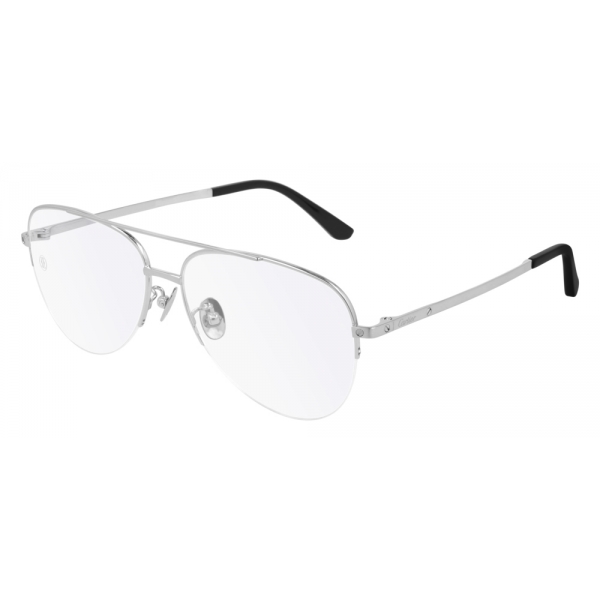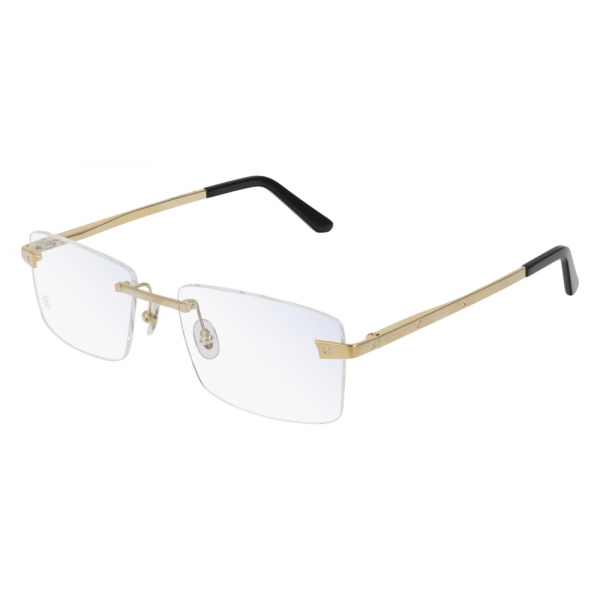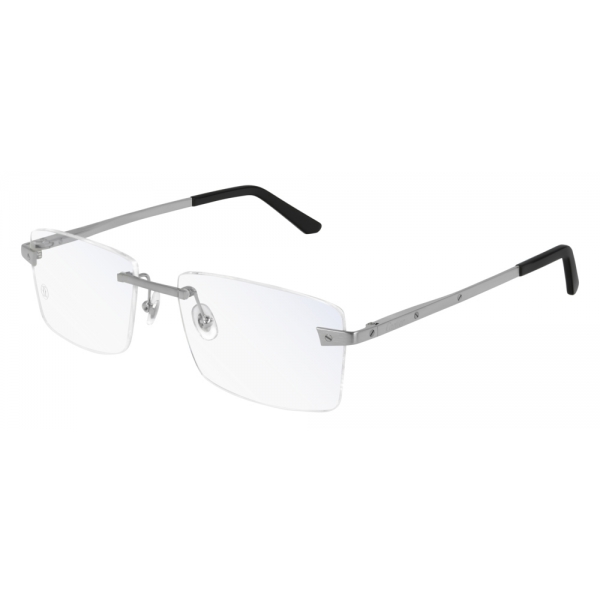No products
Categories
- Fashion Accessories
- Clothing
- Beauty & Lifestyle
-
Hi-Tech & Lifestyle
- Gaming
-
Case
- iPhone 11 Pro
- iPhone 11 Pro Max
- iPhone 11
- iPhone X / XS
- iPhone XS Max
- Samsung S10 / S10+ / S10e
- Huawei P30 / P30 Pro / P30 Lite
- Huawei P20 / P20 Pro / P20 Lite
- iPhone XR
- Samsung S9
- Samsung S9+
- iPhone 8 / 7
- iPhone 8 Plus / 7 Plus
- Samsung S8
- Samsung S8+
- Samsung S7
- Samsung S7 Edge
- iPhone 6 / 6 s
- iPhone 6 Plus / 6 s Plus
- iPhone 5 / SE
- Skin
- Audio
- Smart Home
- Drones & Hoverboard
- Photo & Video
- Desk Supplies
- Accessories
- Games
- Beverages
- Food
- Home
- Jewelry
- Luxury
- Travel
- Art
- Footwear
- Vintage Fashion
- Restaurants
- Sport
- Animals
- Gift Ideas
- Kidswear
Extra
Viewed Products
-

Prada - Prada Eyewear Collection - Rose Gold Aviator Sunglasses - Prada...
Prada Sunglasses in Rose Gold....
Cartier
Jeweler of The Kings, King of Jewelers

Taking over his master’s workshop, Louis-François Cartier founded Cartier in 1847. With the rise of the Second Empire, Cartier’s business grew over a decade, with the opening of the first Cartier boutique in 1859. Louis-François’ son Alfred then took over the business, moving it to the prestigious rue de la Paix in the jewellery district of Paris. Alfred’s own sons expanded the Cartier brand overseas, to London and New York. Alfred’s third son remained behind in Paris to continue the growth of Cartier at home. His revolutionary ideas, such as using platinum in jewellery, earned Cartier the title of ‘Jeweller of Kings, King of Jewellers’ from King Edward VII.
Presentation Cartier
Products Cartier Beauty
-
Cartier - Aviator - Metal Wood Carbon Gold Champagne Green - Santos de...
Santos de Cartier sunglasses, marsh oak and carbon edged lenses, champagne gold finish metal, brown leather bridge detail, pilot shape, green polarized lenses, protection rating 3.
1 790,00 € -
Cartier - Aviator - Metal Wood Carbon Gold Champagne Green - Fit - Santos de...
Santos de Cartier sunglasses, marsh oak and carbon edged lenses, champagne gold finish metal, brown leather bridge detail, pilot shape, green polarized lenses, protection rating 3. Alternative.
1 790,00 € -
Cartier - Aviator - Metal Black Horn Carbon Platinum Brown - Santos de...
Santos de Cartier sunglasses, rimmed lenses in black horn and carbon, metal with a glossy platinum finish, brown leather bridge detail, pilot shape, brown polarized lenses, protection rating 3.
1 890,00 € -
Cartier - Aviator - Metal White Horn Carbon Horn Champagne - Santos de...
Santos de Cartier sunglasses, white horn and carbon temples, polished champagne gold finish metal, white leather bridge detail, pilot shape, lenses with gold flash, degree of protection 3.
2 160,00 € -
Cartier - Aviator - Metal Gold Champagne Polarized Grey Flash Gold - Santos...
Santos de Cartier sunglasses in brushed champagne gold metal finish, screws with polished champagne gold finish, pilot shape, details of the bridge and temples in black calfskin, gray polarized lenses with gold flash, degree of protection 3.
1 240,00 € -
Cartier - Aviator - Metal Black Horn Carbon Platinum Pola Brown - Santos de...
Santos de Cartier sunglasses, rimmed lenses in black horn and carbon, metal with a glossy platinum finish, brown leather bridge detail, pilot shape, brown polarized lenses, protection rating 3.
1 890,00 € -
Cartier - Butterfly - Smooth Golden-Finish Metal Brown Lenses with Golden...
Panthère de Cartier sunglasses in smooth golden-finish metal, butterfly shape and brown lenses with golden flash.
890,00 € -
Cartier - Butterfly - Smooth Golden-Finish Metal Brown Lenses with Golden...
Signature C de Cartier sunglasses in black composite and smooth golden-finish titanium, round shape and gray lenses.
760,00 € -
Cartier - Round - Smooth Golden-Finish Metal Graduated Purple Lenses -...
Panthère de Cartier sunglasses in smooth golden-finish metal, round shape and graduated purple lenses.
520,00 € -
Cartier - Square - Black Composite Golden Platinum Finish Gray Lenses -...
Trinity sunglasses in black composite and smooth golden-finish and platinum-finish metal, square shape and graduated gray lenses with golden flash.
790,00 € -
Cartier - Optical Glasses CT0260O - Gold - Cartier Eyewear
Cartier CT0260O titanium eyeglasses for men. Soft rectangular frame embellished with Cartier C detail as a functional and aesthetic element of the bridge. Windsor rims on a titanium frame for a contemporary design. Godron detail on the outside of the temples.
630,00 € -
Cartier - Optical Glasses CT0260O - Gold - Cartier Eyewear
Cartier CT0260O titanium eyeglasses for men. Soft rectangular frame embellished with Cartier C detail as a functional and aesthetic element of the bridge. Windsor rims on a titanium frame for a contemporary design. Godron detail on the outside of the temples.
630,00 € -
Cartier - Optical Glasses CT0260O - Silver - Cartier Eyewear
Cartier CT0260O titanium eyeglasses for men. Soft rectangular frame embellished with Cartier C detail as a functional and aesthetic element of the bridge. Windsor rims on a titanium frame for a contemporary design. Godron detail on the outside of the temples.
630,00 € -
Cartier - Optical Glasses CT0250O - Gold - Cartier Eyewear
Cartier CT0250O titanium eyeglasses for men. Modern round frame embellished with Cartier C detail as a functional and aesthetic element of the bridge. Windsor rims on a titanium frame for a contemporary design. Godron detail on the outside of the temples.
630,00 € -
Cartier - Optical Glasses CT0250O - Gold - Cartier Eyewear
Cartier CT0250O titanium eyeglasses for men. Modern round frame embellished with Cartier C detail as a functional and aesthetic element of the bridge. Windsor rims on a titanium frame for a contemporary design. Godron detail on the outside of the temples.
630,00 € -
Cartier - Optical Glasses CT0250O - Silver - Cartier Eyewear
Cartier CT0250O titanium eyeglasses for men. Modern round frame embellished with Cartier C detail as a functional and aesthetic element of the bridge. Windsor rims on a titanium frame for a contemporary design. Godron detail on the outside of the temples.
630,00 € -
Cartier - Optical Glasses CT0256O - Gold - Cartier Eyewear
Cartier CT0256O men's eyeglasses. Half frame with a pilot shape with a strong and unmistakable aesthetic. Lightweight titanium structure, embellished with the unmistakable Santos screw motif on the temples, to recall the bold Santos de Cartier design. The acetate ends reflect the cut of the Santos watch case and are embellished with the iconic screw.
700,00 € -
Cartier - Optical Glasses CT0256O - Silver - Cartier Eyewear
Cartier CT0256O men's eyeglasses. Half frame with a pilot shape with a strong and unmistakable aesthetic. Lightweight titanium structure, embellished with the unmistakable Santos screw motif on the temples, to recall the bold Santos de Cartier design. The acetate ends reflect the cut of the Santos watch case and are embellished with the iconic screw.
700,00 € -
Cartier - Optical Glasses CT0167O - Gold - Cartier Eyewear
Men's day frame with a square rectangular shape. Unmistakable Santos screw motif, emblem of the Santos de Cartier collection, on the hinge and terminals.
700,00 € -
Cartier - Optical Glasses CT0167O - Silver - Cartier Eyewear
Santos de Cartier men's eyeglasses CT0167O Men's day frame with a square rectangular shape. Unmistakable Santos screw motif, emblem of the Santos de Cartier collection, on the hinge and terminals.
700,00 € -
Cartier - Optical Glasses Piccadilly CT0092O - Silver - Cartier Eyewear
Lightweight eyeglasses for men / women Cartier Piccadilly CT0092O 002 Rectangular open frame, precious gold finishes, embellished with the Cartier C motif on the temples revisited in a contemporary way. Nickel-free eyeglasses, a sober, elegant and dynamic model aimed at a modern target.
670,00 €



